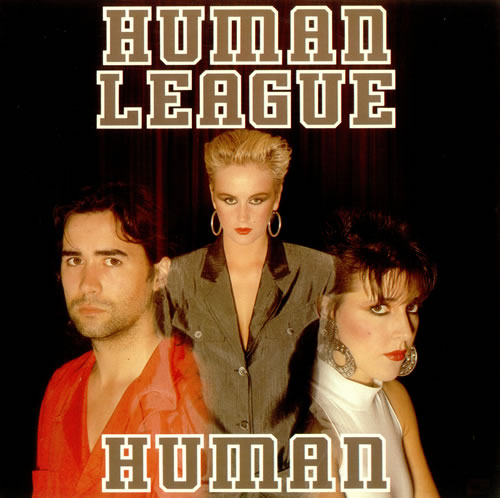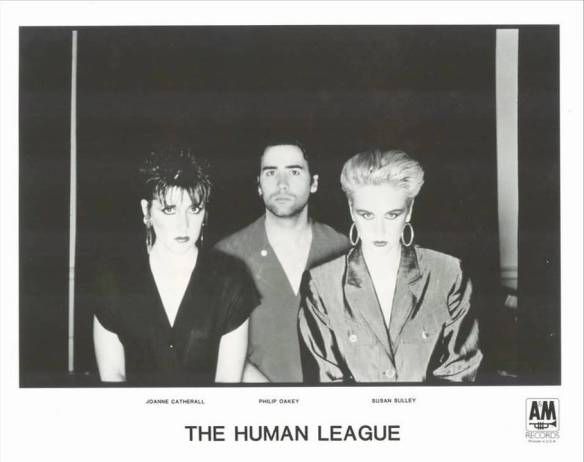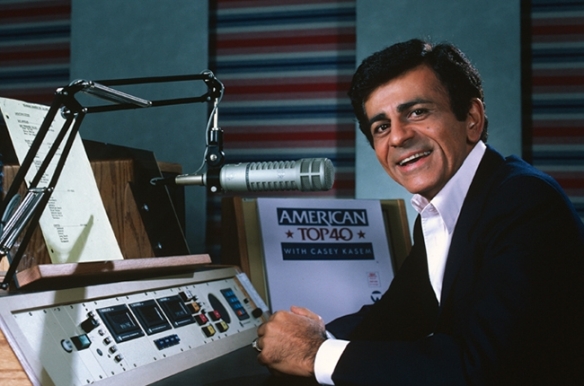
On June 15, 2014, Casey Kasem, host of the longtime countdown program, AMERICAN TOP 40, passed away at the age of 82. From my first blog post (and prolly some more inbetween then and now), I explained how, in 1979, I was a geeky, lanky and somewhat lost 12-year-old living in Central Maine, had a few friends and not a lot of interest in much of anything, but at some point early that year, I discovered AMERICAN TOP 40, and was glued to it every weekend. Not only could I hear the 40 biggest songs in the country every week, but also Casey’s cool trivia and facts about the songs and the artists, a trait I treasure to this day. For me, the show was No. 1 with a bullet. And still is (thanks to the re-airing of broadcasts of AT40 on iHeart Radio).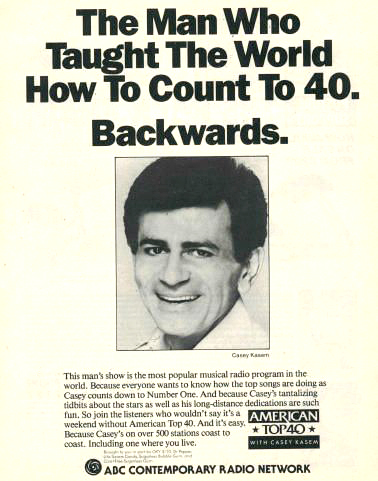
In honor of my radio hero, Casey Kasem, since the start of June, I have been highlighting songs that peaked in the Top 40 of the BILLBOARD Hot 100 (including five (real) one-hit wonders of the 80s), just like on AMERICAN TOP 40, the hits have gotten bigger with each post. On June 1, 2017, I featured a song that peaked at No. 40. With the next post, I’ll feature a “song of the day” that went all the way to No. 1.
As Casey used to say on AT40, “And on we go!”
If you listened to AMERICAN TOP 40 as faithfully as I did back in the 80s, before Nos. 2 and 1 were announced, he’d usually take a commercial break before announcing them, and would usually say, “The two biggies are coming right up!” “The two biggies.” Always cracked me up and still does.
But, when it came to AMERICAN TOP 40, “the two biggies” were, in fact, a big deal. There a few positions on the chart that are the most frustrating, like Nos. 101, 41 and 11, but no other peak position on the BILLBOARD Hot 100 (or any singles chart, for that matter) was more frustrating to stop at than No. 2.
Foreigner endured the No. 2 position the longest in the 80s, spending 10 weeks in the runner-up spot in 1981 and 1982 with “Waiting For A Girl Like You,” a chart record Foreigner still shares to this day. And I believe Madonna, who has six No. 2 songs to her credit (four of them in the 80s), still holds the chart record for most No. 2 singles in Hot 100 history.
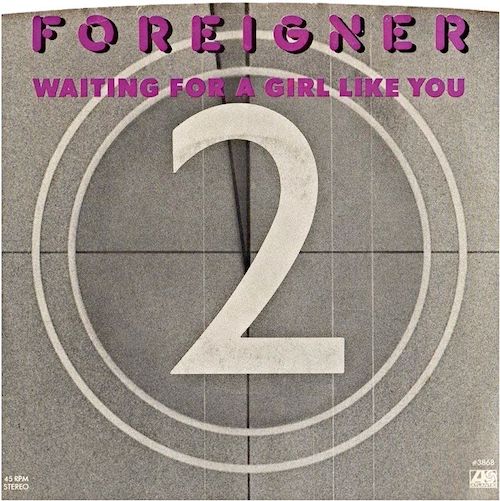
All told, nearly 100 songs reached No. 2 between 1979 and 1989, including songs by three Beatles (Paul McCartney, John Lennon, and George Harrison, whose 1981 No. 2 hit, “All Those Years Ago,” was a tribute to John Lennon), two Jacksons (Michael and Janet), and a couple of (real) one-hit wonders, including the Cold War Classic by Nena, “99 Luftballons.”

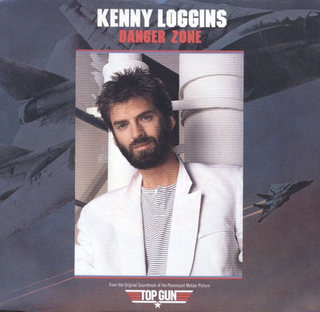 Some of the biggest songs in history that maybe you thought were No. 1 hits in America were actually No. 2 hits, such as “Girls Just Want To Have Fun” by Cyndi Lauper, “Easy Lover” by Philip Bailey and Phil Collins, “We Got The Beat” by The Go-Go’s, “Electric Avenue” by Eddy Grant, “Danger Zone” by Kenny Loggins, “Hurts So Good” by John Mellencamp, “Start Me Up” by The Rolling Stones and “Purple Rain” by Prince And The Revolution.
Some of the biggest songs in history that maybe you thought were No. 1 hits in America were actually No. 2 hits, such as “Girls Just Want To Have Fun” by Cyndi Lauper, “Easy Lover” by Philip Bailey and Phil Collins, “We Got The Beat” by The Go-Go’s, “Electric Avenue” by Eddy Grant, “Danger Zone” by Kenny Loggins, “Hurts So Good” by John Mellencamp, “Start Me Up” by The Rolling Stones and “Purple Rain” by Prince And The Revolution.
Several artists peaked at No. 2 between 1979 and 1989 with two songs, including The Bangles, Culture Club (with their first two hits), Air Supply, Duran Duran, Glenn Frey, Kool & The Gang, John Mellencamp, Billy Ocean (including the guilty pleasure, “Loverboy,” which a DJ back in the day once referred to as “Heavy Metal Disco”; I would disagree), plus Robert Palmer, Pointer Sisters, Linda Ronstadt (in two big duets with James Ingram and Aaron Neville), Tina Turner and Jody Watley.

Michael Jackson gets an honorable mention, as he peaked at No. 2 with “The Girl Is Mine” with Paul McCartney, and he is featured in an uncredited role backing up Rockwell on “Somebody’s Watching Me.” Likewise with Sheena Easton, who backed up Prince uncredited on “U Got The Look” and had her own No. 2 hit in 1989 with the sexy Dance hit, “The Lover In Me” (a long way from when she took that “Morning Train” to No. 1 in 1981; I’m sure Prince may have had something to do with it).
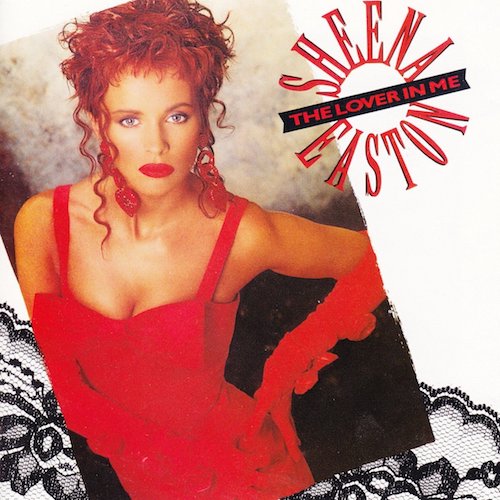
Speaking of Prince, he had three No. 2 hits between 1979 and 1989, or in this case, 1984 through 1987, with the aforementioned “Purple Rain” and “U Got The Look,” but also with “Raspberry Beret.” He, too, gets an honorable mention, as he composed the No. 2 hit for The Bangles, “Manic Monday.”

And a number longtime recording artists saw their biggest hits stop at No. 2, like The Cure (“Lovesong”), Journey (“Open Arms”), The Greg Kihn Band (“Jeopardy”), and Bruce Springsteen’s “Dancing In The Dark.”
If there was any one huge artist in the 80s I wanted to see reach No. 1 on the BILLBOARD Hot 100 singles chart, it was Bruce Springsteen. I was first introduced to Bruce’s music with 1980’s “Hungry Heart,” from his first No. 1 album, THE RIVER. At the time, I had no idea he had already released four critically-acclaimed and successful albums.

After “Hungry Heart,” I was a Bruce fan for life – granted, not the superfan that Hope is, but I don’t think anyone loves Bruce’s work more than Hope, except maybe for Bruce’s wife, Patti Scialfa.
“Dancing In The Dark” was released in early May 1984, a month before the BORN IN THE U.S.A. album was released. And, right out of the gate, it was a hit. “Dancing In The Dark” blasted onto the BILLBOARD Hot 100 the last week of May 1984 all the way into the Top 40, at No. 36. By the next week, it was already No. 18, with its eyes set on No. 1.
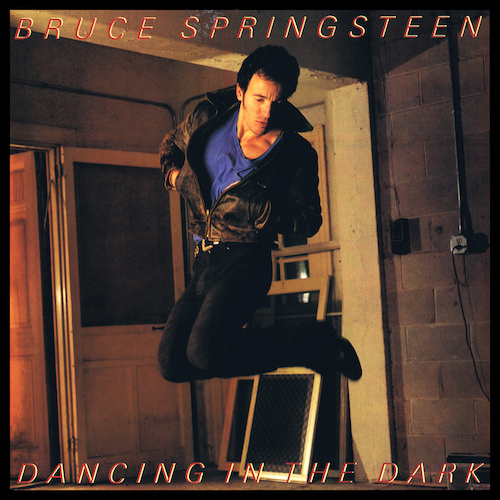
Bruce had hit No. 1 before – as a songwriter. A song from his 1973 debut album, GREETINGS FROM ASBURY PARK, N.J. – “Blinded By The Light” – was recorded by the London Rock band, Manfred Mann’s Earth Band, in 1977, and spent a week at No. 1 on the Hot 100 in February 1977, exactly four years to the month when Bruce’s original was released as a single.
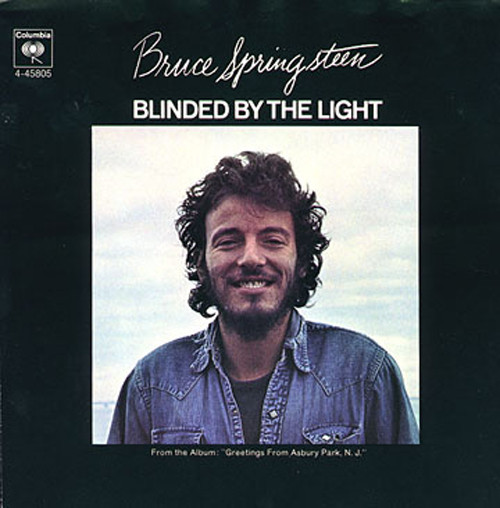
“Dancing In The Dark” had a lot going for it – a popular video directed by Brian de Palma (SCARFACE, THE UNTOUCHABLES, CARRIE, DRESSED TO KILL and the first MISSION: IMPOSSIBLE film) with actress Courtney Cox (FAMILY TIES, FRIENDS) dancing with Bruce on the stage (the video would win the MTV Video Music Award for Best Stage Performance).

It also had a 12” Dance remix courtesy of Arthur Baker (who’s remixed songs for Daryl Hall & John Oates, Afrika Bambaataa, Cyndi Lauper, Pet Shop Boys and New Order). The “Blaster Mix” was miles away from anything on 1982’s NEBRASKA or 1980’s THE RIVER, but people loved it. Not only did it reach No. 7 on BILLBOARD’s Dance chart, it was the biggest-selling 12” single for all of 1984. Arthur Baker would also go on to remix the follow-up Bruce singles “Cover Me” and “Born In The U.S.A.” as well.
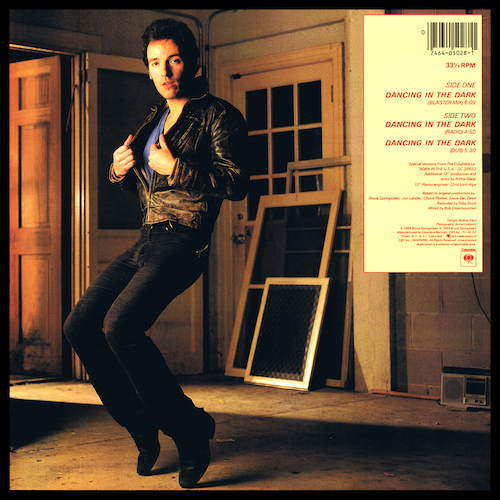
As much as “Dancing In The Dark” had going for it in its second week on the Hot 100, another single debuting on the same chart that early June was “When Doves Cry” by Prince, released in advance of the album and film, PURPLE RAIN. “When Doves Cry” reached the Top 40 a week later, and just like “Dancing In The Dark,” made a big move into the Top 20 the following week.
By late June 1984, “Dancing In The Dark” had climbed to No. 4, while “When Doves Cry” was closing in at No. 8. The following week, “When Doves Cry” had jumped to No. 3, and “Dancing In The Dark” was at No. 2, right behind Duran Duran’s “The Reflex.”
“When Doves Cry” proved to be too powerful for “Dancing In The Dark,” which stayed for four weeks in the runner-up position. “When Doves Cry” was the biggest song of 1984 here in America.

Though “Dancing In The Dark” didn’t reach No. 1, Bruce Springsteen still had a lot to be proud of. The song gave Bruce his first Grammy Award, winning for Best Rock Vocal Performance. In the 1984 ROLLING STONE readers poll, “Dancing In The Dark” was voted “Single Of The Year.” It’s also listed as one of The Rock And Roll Hall Of Fame’s 500 Songs That Shaped Rock And Roll.” It sold a million copies in the U.S. alone, and the single’s B-side (one of the best ever), “Pink Cadillac,” was a Top 5 hit for Natalie Cole in 1988.
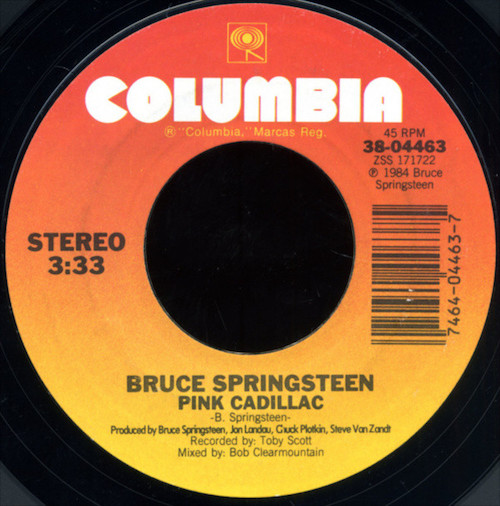
Around the globe, “Dancing In The Dark” was an international smash (though in some countries it took awhile), reaching No. 1 in Belgium and the Netherlands, No. 2 in Ireland, New Zealand and Sweden, No. 4 in South Africa and the U.K., No. 7 in Canada and Norway, No. 11 in Finland and No. 12 in Italy. In Australia, though it stopped at No. 5, it was the No. 1 song of the year, spending 40 weeks on the singles chart there.
“Dancing In The Dark” was just the first part of an amazing journey for Bruce Springsteen and the BORN IN THE U.S.A. album. Seven out of the album’s 12 songs were released as singles, and all seven reached the Top 10 on the Hot 100 between 1984 and 1986, tying a record set in 1984 by Michael Jackson’s THRILLER album.
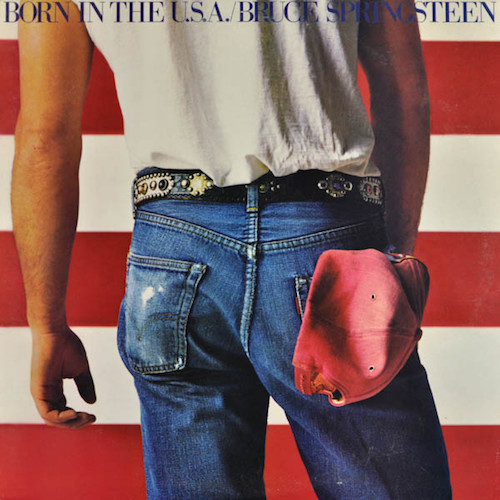
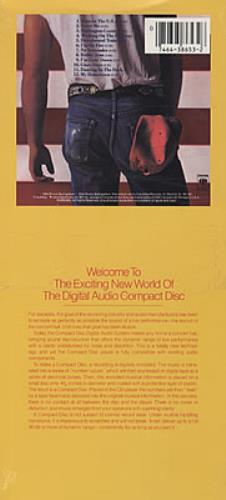
The first compact disc manufactured in the U.S.A. was BORN IN THE U.S.A.
BORN IN THE U.S.A. was No. 1 on BILLBOARD’s album chart twice, in July / August 1984 and January / February 1985. PURPLE RAIN may have been the album of the year here in the U.S. for 1984 (BORN IN THE U.S.A. was No. 28), but for 1985, BORN IN THE U.S.A. was the No. 1 album of the year in America (and even No. 16 for 1986).
NERDY FUN FACT: BORN IN THE U.S.A. was the first compact disc manufactured in the U.S. for commercial release. I remember seeing it at a DeOrsey’s in Waterville, Maine, and think it sold for something like $25.00. And the record album still sounds better.
NERDY FUN FACT 2: According to a 1984 ROLLING STONE interview, the “Dancing In The Dark” Blaster Mix by Arthur Baker happened because Bruce had heard the remix Arthur did for Cyndi Lauper’s “Girls Just Want To Have Fun,” and he thought it was incredible: “It sounded like fun, so I hooked up with Arthur. He’s a character, a great guy. He had another fellow with him, and they were really pretty wild. They’d get on that mixing board and just crank them knobs, you know? The meters were goin’ wild.”

Bruce Springsteen is one of those rare artists who have been on the same record label from the start – Columbia. Two other Columbia artists instantly come to mind – Barbra Streisand and Bob Dylan. There won’t be anyone else like them. Ever.

Bob Dylan and Bruce Springsteen (along with many other familiar faces) at the “We Are The World” recording session, 1985.
If you pull away the catchy dance beat, “Dancing In The Dark” is a personal song about the difficulty of writing a hit song and Bruce’s frustration of trying to write songs that will please everyone. Though I’m thinking Bruce would have liked to have another of his more personal songs become his biggest hit, I would almost bet my record collection he’s alright with that hit being “Dancing In The Dark.”

Bruce Springsteen with The E Street Band, 1984.
“You can’t start a fire / You can’t start a fire without a spark / This gun’s for hire / Even if we’re just dancing in the dark…”
https://www.youtube.com/watch?v=129kuDCQtHs
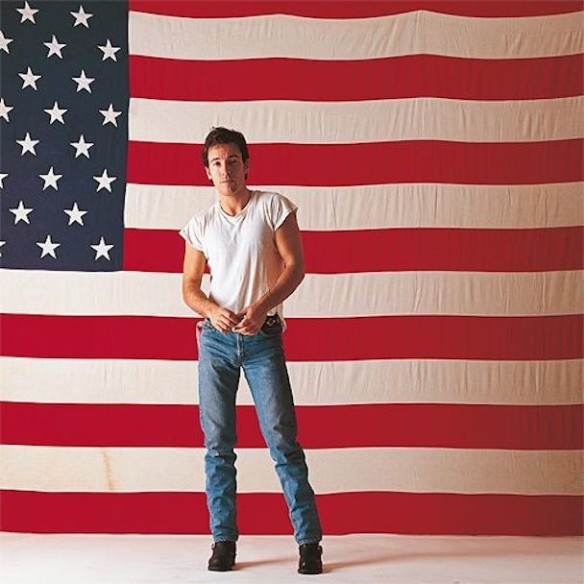


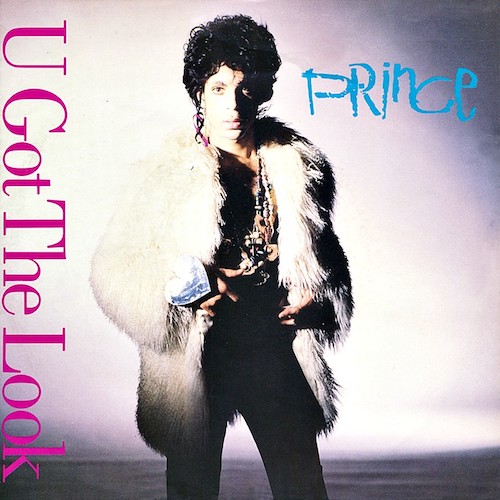


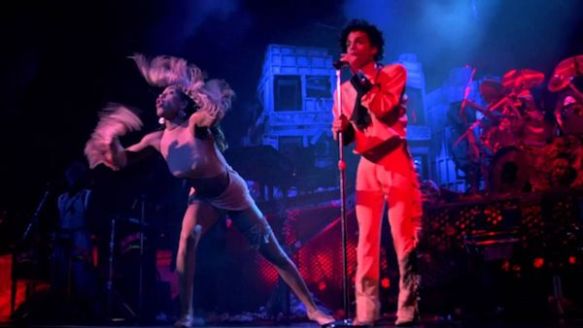
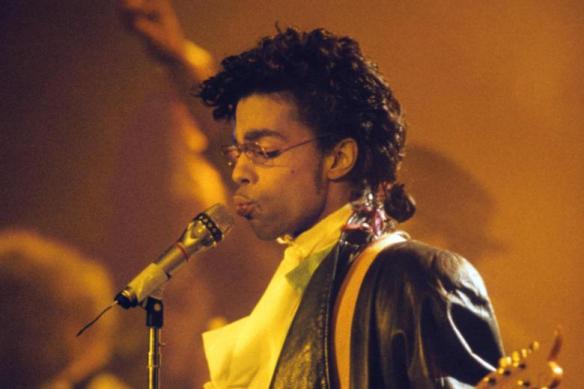

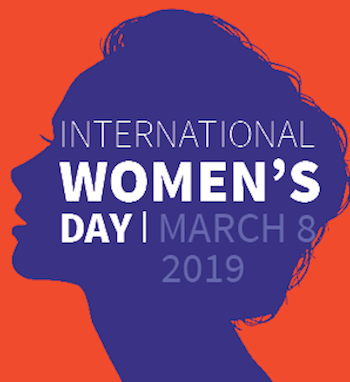 It’s March 8, 2019, and International Women’s Day today!
It’s March 8, 2019, and International Women’s Day today!

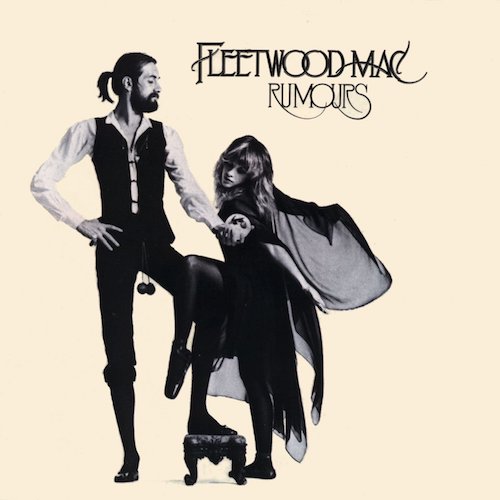

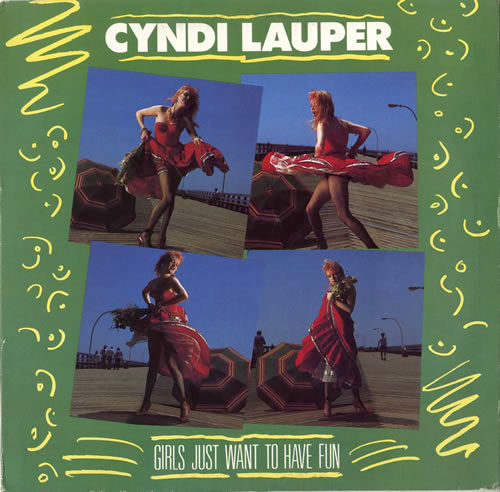
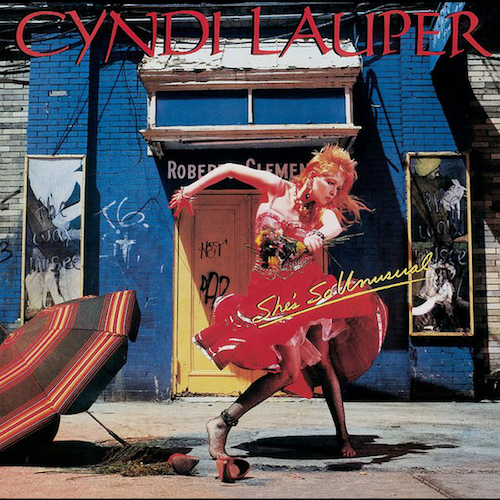



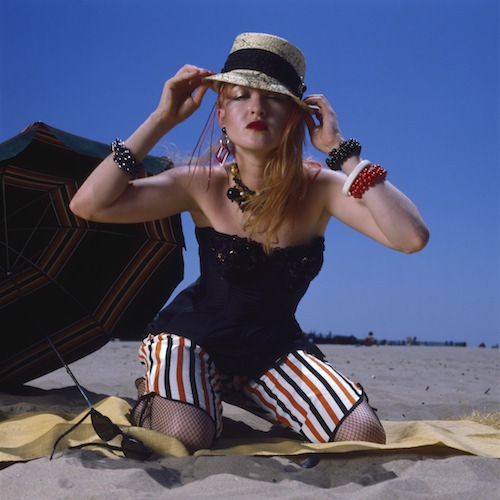




 Some of the biggest songs in history that maybe you thought were No. 1 hits in America were actually No. 2 hits, such as “Girls Just Want To Have Fun” by Cyndi Lauper, “Easy Lover” by Philip Bailey and Phil Collins, “We Got The Beat” by The Go-Go’s, “Electric Avenue” by Eddy Grant, “Danger Zone” by Kenny Loggins, “Hurts So Good” by John Mellencamp, “Start Me Up” by The Rolling Stones and “Purple Rain” by Prince And The Revolution.
Some of the biggest songs in history that maybe you thought were No. 1 hits in America were actually No. 2 hits, such as “Girls Just Want To Have Fun” by Cyndi Lauper, “Easy Lover” by Philip Bailey and Phil Collins, “We Got The Beat” by The Go-Go’s, “Electric Avenue” by Eddy Grant, “Danger Zone” by Kenny Loggins, “Hurts So Good” by John Mellencamp, “Start Me Up” by The Rolling Stones and “Purple Rain” by Prince And The Revolution.




















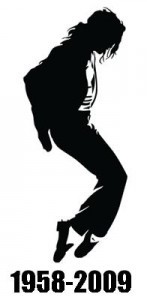
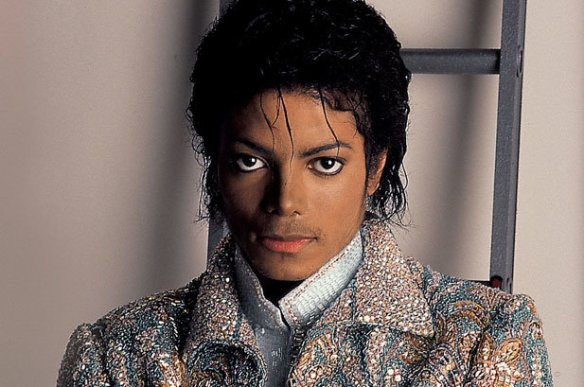

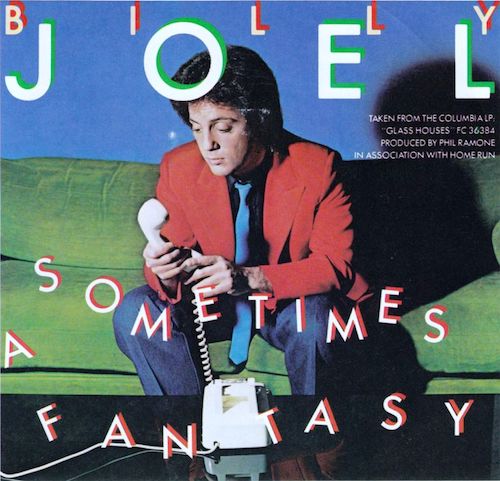


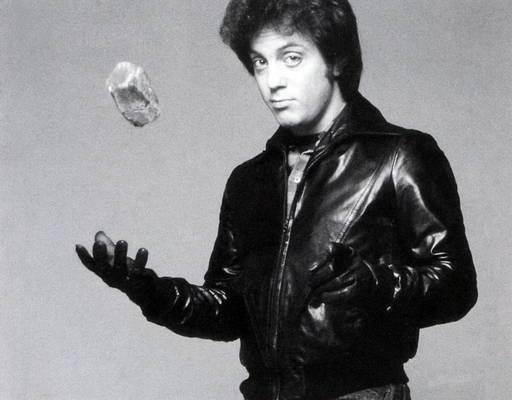
 In mid-October 1989, Pop music in America didn’t know which direction it was going in. Take the Top 10 of the BILLBOARD Hot 100 chart for October 14, 1989 for example. You had 80s Pop mainstays Janet Jackson and Madonna leading the pack (“Miss You Much” and “Cherish,” respectively), the future great Grammy taker-awayers, Milli Vanilli (“Girl I’m Gonna Miss You”), a rare big American hit for The Cure (“Love Song”), the last big hit for the Rolling Stones (“Mixed Emotions”), Tears For Fears channeling The Beatles (“Sowing The Seeds Of Love”), rapper Young M.C. with the first (and last) big hit of his own (“Bust A Move”), Hollywood, CA Glam Metal band Warrant (“Heaven”), another big Pop hit for Sweden’s Roxette (“Listen To Your Heart”) and the first Pop single for R&B singer, songwriter and future mega-producer, Babyface (“It’s No Crime”).
In mid-October 1989, Pop music in America didn’t know which direction it was going in. Take the Top 10 of the BILLBOARD Hot 100 chart for October 14, 1989 for example. You had 80s Pop mainstays Janet Jackson and Madonna leading the pack (“Miss You Much” and “Cherish,” respectively), the future great Grammy taker-awayers, Milli Vanilli (“Girl I’m Gonna Miss You”), a rare big American hit for The Cure (“Love Song”), the last big hit for the Rolling Stones (“Mixed Emotions”), Tears For Fears channeling The Beatles (“Sowing The Seeds Of Love”), rapper Young M.C. with the first (and last) big hit of his own (“Bust A Move”), Hollywood, CA Glam Metal band Warrant (“Heaven”), another big Pop hit for Sweden’s Roxette (“Listen To Your Heart”) and the first Pop single for R&B singer, songwriter and future mega-producer, Babyface (“It’s No Crime”).




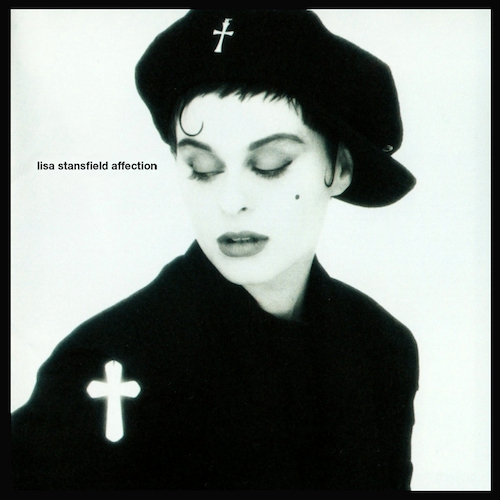
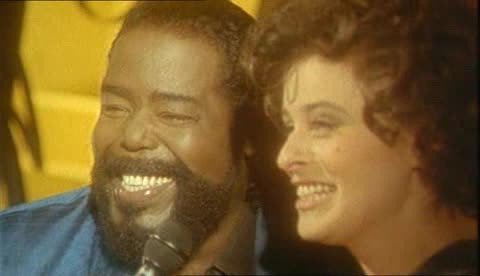







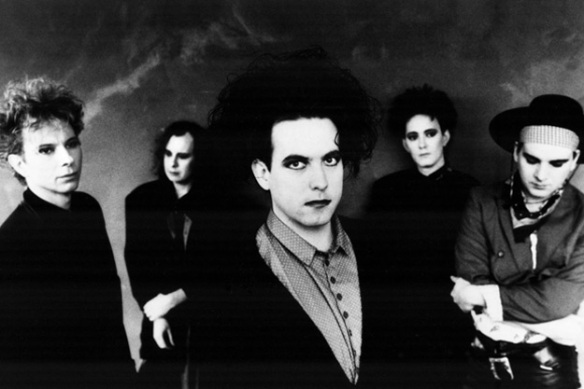
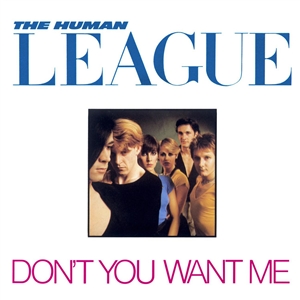
 For their 1986 album, CRASH, The Human League met with famed Minneapolis producers Jimmy Jam and Terry Lewis (who had just finished producing Janet Jackson’s CONTROL album).
For their 1986 album, CRASH, The Human League met with famed Minneapolis producers Jimmy Jam and Terry Lewis (who had just finished producing Janet Jackson’s CONTROL album).
